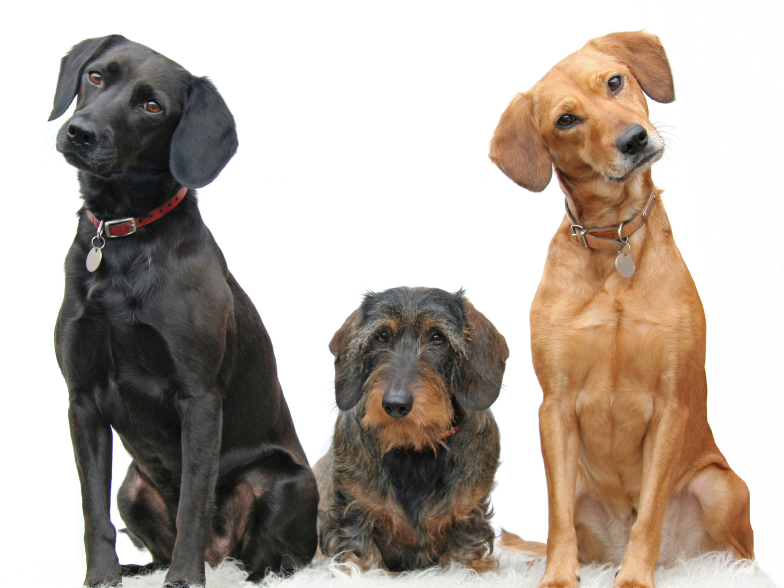Understanding The Deep Connection With Our Dogs
-

- by Admin
- Aug 16, 2024

Dogs have aided humans for thousands of years. Man's best friend has provided protection, companionship and hunting assistance since the days of the earliest human settlements.
But how and when dogs evolved from wolves is a matter of debate. Naturalist Mark Derr says there are two main schools of thought: Some researchers believe that humans domesticated wolves who were scrounging around their villages for trash. Others think that humans were taking care of wolves from the time they were puppies — until enough puppies were tamed and they somehow then evolved into dogs.
"Neither explanation seems satisfactory," writes Derr in How the Dog Became the Dog — From Wolves to Our Best Friends. "That is why there's no consensus."
In his book, Derr explores how the relationship between humans and wolves developed, and how that relationship then influenced the physical evolution of wolves into dogs. He tells Fresh Air's Dave Davies that he believes humans and wolves developed a close relationship after recognizing themselves in each other while hunting on the trail of big game.
they started traveling together, and they've been at it ever since," he says. "The dog is a creation of wolves and humans — of two equal beings that came together at a certain point in history and have been together ever since."
Derr says our ancestors likely followed behind wolves as they hunted for game on the trail. Wolves, in turn, learned to wait for scraps from bipedal hunters — who were far more accurate with their rudimentary weapons than the wolves were with their teeth.
"The wolf could say, 'These people are far more profligate hunters than we are. When they go out, they always leave a surplus. It's easier for us to take the scraps that they have than to hunt,'" says Derr. "Hunting is a highly energetic activity. And they could learn from each other, just by observing each other."
As humans and wolves began to work and live together, physical features on the wolf began to change: Its skeletal frame grew smaller, and its jaw shortened. Wolves that socialized well with humans began to travel with them, and then were able to pass on their genes.
"You had populations of dog-wolves that became isolated, and in doing so, they began to inbreed," says Derr. "And when you inbreed, you get genetic peculiarities that arise, and then those peculiarities become part of the population. If they work or become popular or have some function of beauty or utility, then they were kept by the humans — and that population then spreads those through other populations through breeding."
Fossils of wolves and dogs have been found in early hunting camps. In China, researchers have found evidence that some hunters were raising millet to feed to their hunting companions.
"This kept the dogs alive during times of thin meat," says Derr. "When they weren't getting as much meat as they wanted, they would feed [the dogs] millet. That would indicate that the early dog was being used as a hunter, but also that it was highly valued."
0 Comments:
Leave a Reply